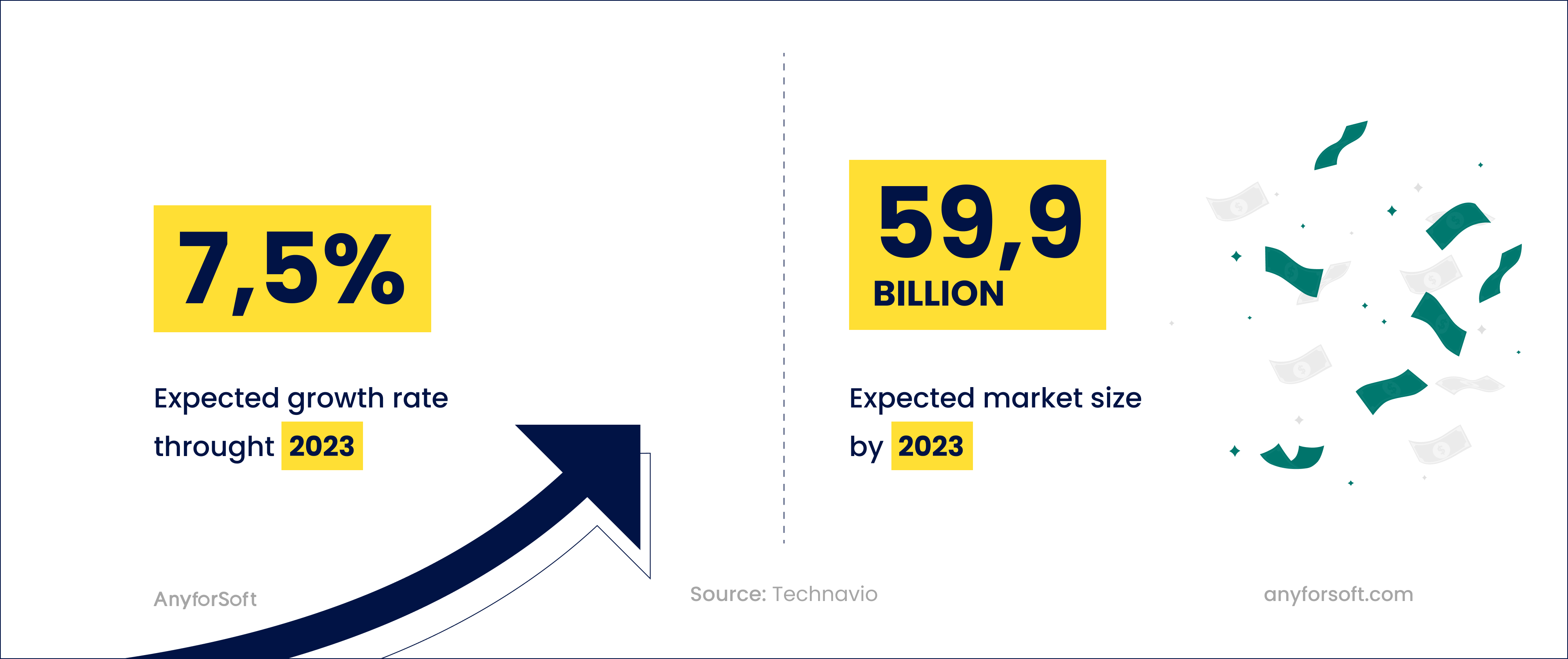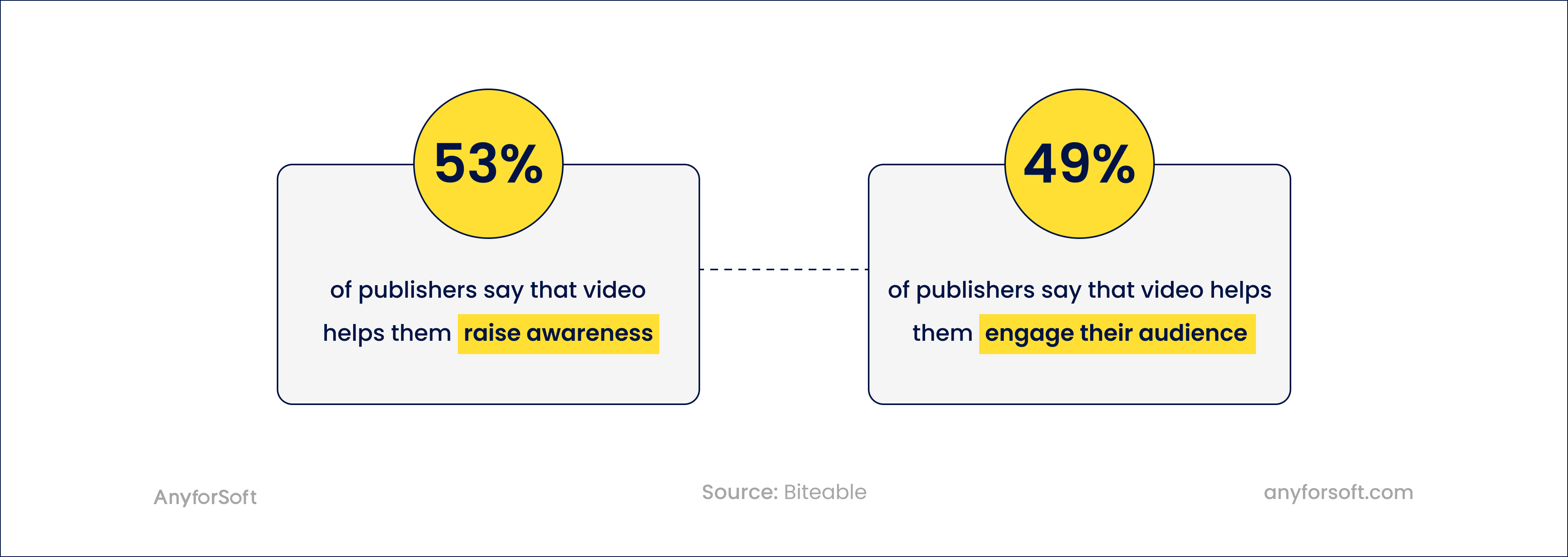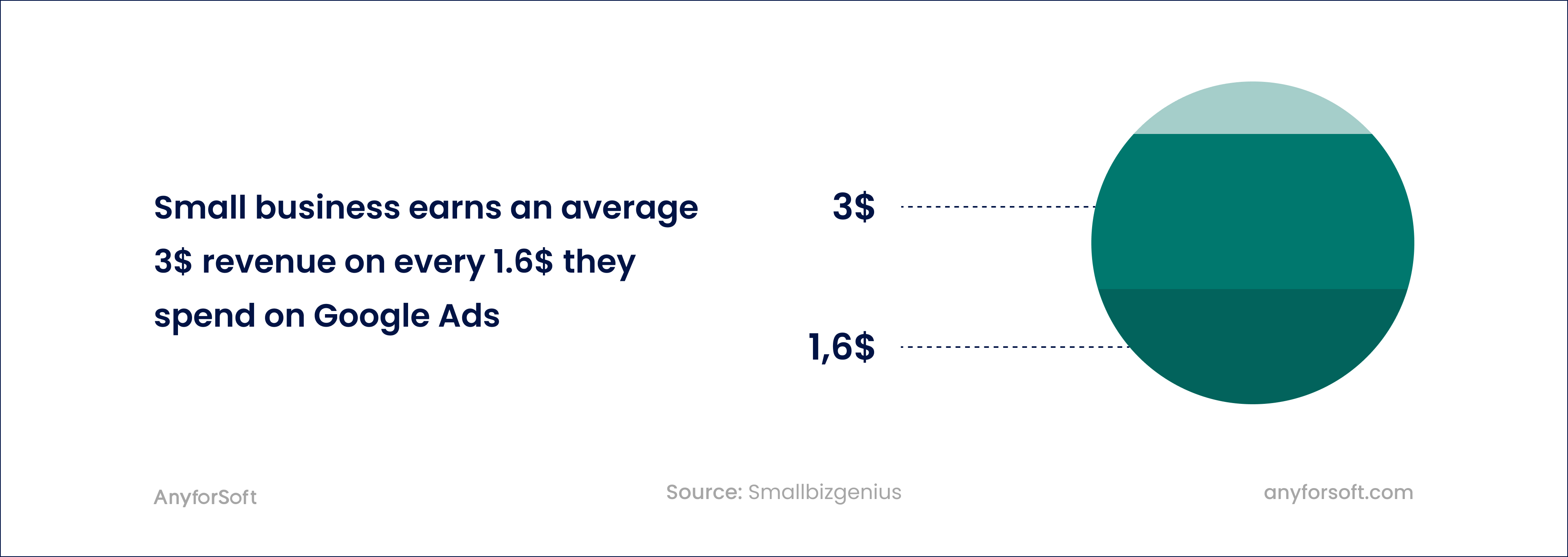Analyzing the last decade, it is necessary to recognize that the future lies in digitalization. Ability to get information instantly, order food, get an appointment with your doctor, buy tickets and, of course, read news about the life of the country and celebrities through the Internet and gadgets became a big part of daily routine.

The transition from paper newspapers and magazines took place a few years ago, and yet a glossy or printed version can still be found on store shelves. However, new, exclusively digital publications are being created every day. So how to gain an advantage in conditions of high competition? Thanks to technology. Well, not quite. Thanks to the well-integrated, well set up, and well-maintained innovative technology. Let’s take a closer look at them and find out how to select a technology stack with programming languages that perfectly meet your requirements.
Backend: Start with A Proper Base
Digital business has several main rules, the first of which is maximum reliability and availability of content. And it's not about fact-checking and proofs, but about the work of the platform where the content is posted.
Server
Choosing a tech stack small startup publishers don't usually care too much about web server issues. Their capacity is still insufficient to equip individual rooms and purchase equipment. They can also use secure virtual servers that will fully meet the needs of the business. When the volume grows, it is necessary to invest in this segment.
The technical stack for medium and large companies in the field of publications will differ significantly. In addition to the necessary equipment, they will also need powerful software: secure, and reliable, with constant support. The choice should be very wise, most often these are products of large companies (which is not cheap, but completely justified). Ready-made box solutions, same as a tech stack one, also can be used, but without constant maintenance, they can become the Achilles heel of the whole publishing platform. Think twice before starting the full-cycle web development process, right tech stack can become the advantage you’ve been looking for.
Cloud Storage
Cloud storage is usually associated with virtual servers, so it is considered that such technical solutions are more appropriate for enterprises or medium-sized companies. However, the capabilities of cloud storage go far beyond one option. Maintaining even a small data center will be costly to any digital publisher, and storing, managing and maintaining your own block in cloud storage will be a smarter use of the budget. It also will be very useful if you plan to create a web app or mobile app.
Usually, the main reason for cloud hosting solutions doubt is security. However, modern storage facilities provide a high level of security thanks to the latest protocols and technologies. Moreover, all the responsibility for data retention lies with the provider, that is why it should be chosen with special care. In addition to the obvious savings, the integration of cloud storage opens up many opportunities for the team: access from anywhere, the ability to quickly and easily share data with colleagues, and transfer large files in minutes without worrying about their integrity. A fun fact: your web application will also have better performance with cloud solutions.
You can use public, private, or hybrid storage, choose a rate that meets the needs of your business and then easily expand the storage without significant additional costs or operational problems. Feel free to apply to a web development service company for consulting and choosing or creating the best fitting option for your business.
Content Management System
When you choose a tech stack your next thought would be about content. The logic here is quite simple: having a business based on content, you have to deal with it well. How to do it better than through a convenient and reliable content management system?
Many free systems can supplement your tech stack and provide you with the necessary set of options. The main disadvantage of free solutions is vulnerability and unreliability. So, there are two options: custom development from scratch or fully customizable CMS from the list of the most popular. Custom web development will be useful for those who have very specific needs and the use of standard solutions does not allow them to be fully met. And keep in mind, it is pretty expensive.
A large number of modules and built-in options for ready-made solutions, like Drupal or WP, usually take into account not only the basic options of digital publishers (posting and editing content, design and addition of graphic files, etc.) but also additional functionality that is enabled as needed. This is a better and more affordable solution for many publishers. And by the way, these CMS can also be integrated with your inner digital systems and software, just be sure you've used proper programming languages and tools to make it seamless. Moreover, the same rules can be applied to the database management system as well.
Backend is just the beginning. After taking care of the security, reliability and convenience of your platform, go to the next part: meeting with the client.
Front-end: With User in Mind
The user-centric approach to doing business literally requires the use of a technology stack for the front-end, which will allow you to follow modern trends and create the most user-friendly interface, additional web app, or mobile app. Be ready to apply new programming languages and popular frameworks, and extend the development team with necessary specialists.
Think Mobile
Previously, the algorithm was as follows: first, a web page was created (for a digital newspaper or magazine), and then the design and usability were adapted to mobile gadgets (tablets and phones). Some call web app development a transitional or compromise way that allows you to reach the audience and gain time to develop a mobile version, but in fact, it is self-deception.
Today, most experts have concluded that the focus on mobile (and sometimes wearable) gadgets should come first, as the time that a potential reader spends in front of the screen of their phone is constantly growing. It is especially true for digital magazines which try to combine the glossy and posh visual content with text parts. Therefore, the use of mobile or hybrid technologies in the technical stack for digital publishers is mandatory. Usually, such developments are carried out with the use of the whole JavaScript family (languages, libraries, frameworks), but are not limited to it. A web application can become some kind of bridge while you're developing a mobile-tailored version of your site or a mobile app, but don't stay for long on this stage – always strive to go beyond.
UX/UI is a Must
User experience and user design will also get new faces. The minimalism of user interface design should be essentially supported by usability. It is common to look for more options or catalogs with three dashes or dots, but the custom elements of each publisher should also be intuitive. But also keep in mind that for any customization your front-end tech stack should be filled with compatible tools.
The user journey on the site of any digital publication should not cause any complications, even if the person first appeared on the page. And not the last role here is played by accessibility. It should not just be a platform adapted for mobile, it should be convenient, clear and easy to use and navigate the news feed, which can be used by people with disabilities. The right technology stack should leave room for any innovations that may be needed later. Remember that you will contribute to your future and your technology should be chosen with that thought in a plan. Take care that your development tools, programming languages and database management are flexible and scalable enough.
Engage
Another integral part of the modern media business is entertainment. Leading positions are occupied by graphic content, and video and video streaming platforms are widely used by both large and small media. The easiest way is to place the video on one of the well-known platforms like YouTube or Vimeo and integrate the code into the publication page. But you can make your own module or media player, which will have more settings and customization options. This will definitely complement your tech stack with additional necessary tools. This is important to consider when you are developing a new web page, web application or mobile adaptation of your platform.

Although short videos are now in trend, recordings of interviews and important events are in the same demand. Therefore, it is necessary to provide technical capabilities through the selected software or modules.
However, even the most up-to-date information and following current trends will not provide the necessary outreach to the target audience. And here come the marketing tools for digital publishers.
Marketing Tools: Catch the Wave
Marketing developments drive the digital media business daily. It is under the influence of marketing campaigns that social opinion is formed, but it is based on useful tools that should be taken to account at every stage of the web development process. Keep it in mind when you choose your tech stack.
Analyze It
Analytics is the real queen of marketing tools for digital publishers. Of course, the most powerful ones are based on artificial intelligence and automated, but more traditional tools, which allow you to collect and analyze useful information also significantly affect the development and growth of the business. It is the analytics that helps to find the causes of failures, notice the patterns and make the necessary decisions. Your technical stack can be supplemented with ready-made options or special custom designs to fit your needs.
Looking for advice on how to choose a tech stack, remember, that the power of such tools and their use depends on the amount of information to be analyzed. If it's just a blog by one author, then little built-in analytics will suffice. For a web application, it is also recommended to apply specially designed tools or options in comprehensive analytical systems. For larger publications, you will need either a separate console or software that will generate reports and provide information according to selected criteria.
Ad Tech
Another important element of digital publishers' technical stack is the ad server, which allows you to manage advertising campaigns, demonstrate advertising on the pages, and so on. Today, it is not just a tool for monetizing a website, it is a set of useful options. Depending on what you are betting on, web or mobile, your needs may differ as well as the set of options you need.

The main purpose of using ad servers is to increase the efficiency of campaigns, and this also requires large-scale data analytics. Built-in tools allow you to make charts and graphs according to specified criteria, such as audience outreach, demographics and time indicators, etc.
It is a flexible, customized and user-friendly tool that adds transparency and ease of management to one of the ways to monetize a publisher's website. This is why you should pay ad servers special attention while choosing a technology stack.
Choose The Best Tech Stack With Anyforsoft
Honestly, there is no short or universal answer on how to choose a technology stack for publishers. It always depends on... needs, general plans of growth and development, current content policy, etc. A lot of factors can influence an algorithm on how to choose a tech stack. And this is why we are here to help. We follow not only business logic but approach the issue with a deep understanding of the industry, trends, and your particular idea and project.
We have in our arsenal modern languages and frameworks and experienced software developers building web pages, web apps and mobile-first products. We build the thought-out development process to create a minimum viable product and reduce the time to market as much as possible. We never rush choosing a technology stack for your project because our task is to create a quality and reliable product that will fulfill the main goals and can be supplemented to evolve and change according to growing needs in the future.
The digital publishing business suffers from great competition in the media industry, but choosing the right technology stack can boost development and growth. There is no best stack, only the one that fully meets your business needs. If you have doubts about your technology stack, or you are ready to transform the existing one, feel free to contact our manager and discuss the details of the project.
